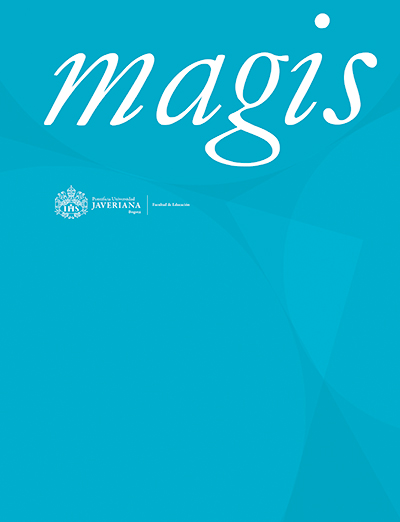Resumo
There are four ways of distinguishing theories or models about categories such as quantity, race and dis-ability and the relationship between mind and world. (i) Epistemic: a theory is superior to another because it has a better relationship with the world. (ii) The converse: a version of reality is superior to another because it contains fewer contradictions and disjunctions. (iii) The giving of reasons: some reasons and systems of rationality are superior to others. (iv) Pragmatic: a theory is better than another because it is more practically adequate. I suggest that a combination of all four reasons is appropriate.
Bhaskar, R. (1998). General Introduction. In M. Archer, R. Bhaskar, A. Collier, T. Lawson & A. Norrie (eds.). Critical Realism: Essential Readings, ix-xxiv. London, New York: Routledge.
Bridges, D. (1999). Educational Research: Pursuit of Truth or Flight into Fancy? British Educational Research Journal, 25 (5), 597-616. https://doi.org/10.1080/0141192990250503
Bryman, A. (2006). Integrating Quantitative and Qualitative Research: How is it done? Qualitative Research, 6 (1), 97-113.
Burke-Johnson, R. & Onwuegbuzie, A. (2004). Mixed Methods Research: A Research Paradigm Whose Time Has Come. Educational Researcher, 33 (7), 14-26.
Dupré, L. (1993). Passage to Modernity: An Essay in the Hermeneutics of Nature and Culture. New Haven, Connecticut: Yale University Press. Guardian Newspaper, December 1st, 2014.
Haack, S. (2008). Putting Philosophy to Work: Inquiry and Its Place in Culture. London: Prometheus Books.
Habermas, J. (1981). Theory of Communicative Action, Volume One: Reason and the Rationalization of Society. T. McCarthy, transl., Boston, Massachusetts: Beacon Press.
Olsen, W. & Morgan, J. (2004). A Critical Epistemology of Analytical Statistics: Addressing the Sceptical Realist. Paper presented to the British Sociological Association, York, March 2004. Available at: https://onlinelibrary.wiley.com/doi/abs/10.1111/j.1468-5914.2005.00279.x
Peirce, C. S. (1982). The Essential Peirce, two volumes. N. Houser, C. Kloesel & The Peirce Edition Project (eds.). Bloomington, Indiana: Indiana University Press.
Reid, G. (2011). Dyslexia: A Practitioner’s Handbook. Chichester: Wiley-Blackwell.
Scott, D. (2008). Education, Epistemology and Critical Realism. London, New York: Routledge.
Strawson, P. (1959) Individuals: An Essay in Descriptive Metaphysics. London: Methuen.
A revista magis, Revista Internacional de Pesquisa em Educação by Pontificia Universidad Javeriana encontra-se registada sob a licencia Creative Commons Versão 4.0 Internacional. Portanto, esta obra pode se reproduzir, distribuir e comunicar publicamente em formato digital, sempre que dado o crédito apropriado para os autores e a Pontificia Universidad Javeriana. Permite-se citar, adaptar, remixar, transformar, autoarquivar, republicar e criar a partir do material, para qualquer fim, mesmo que comercial, sempre que indicado apropriadamente o nome do criador, provido um link para a obra original e indicado se mudanças foram feitas. A Pontificia Universidad Javeriana não retém os direitos sobre as obras publicadas e os conteúdos são responsabilidade exclusiva dos autores, os quais conservam seus direitos morais, intelectuais, de privacidade e publicidade.
O aval sobre a intervenção da obra (revisão, correção, edição, tradução, formatação) e a subsequente difusão disponibiliza-se através de licença de uso e não através de transmissão de direitos, o que representa que a revista e a Pontificia Universidad Javeriana são isentas de qualquer responsabilidade que puder se derivar de uma prática ética pobre por parte dos autores. Em consequência da proteção fornecida pela licença de uso, a revista não fica na obrigação de publicar retratações ou alterar informações já publicadas, a não ser que a errata seja decorrente do processo de gestão editorial. A publicação de conteúdos nesta revista não representa royalties para os contribuintes.
Creative Commons Attribution 4.0 International Public License



